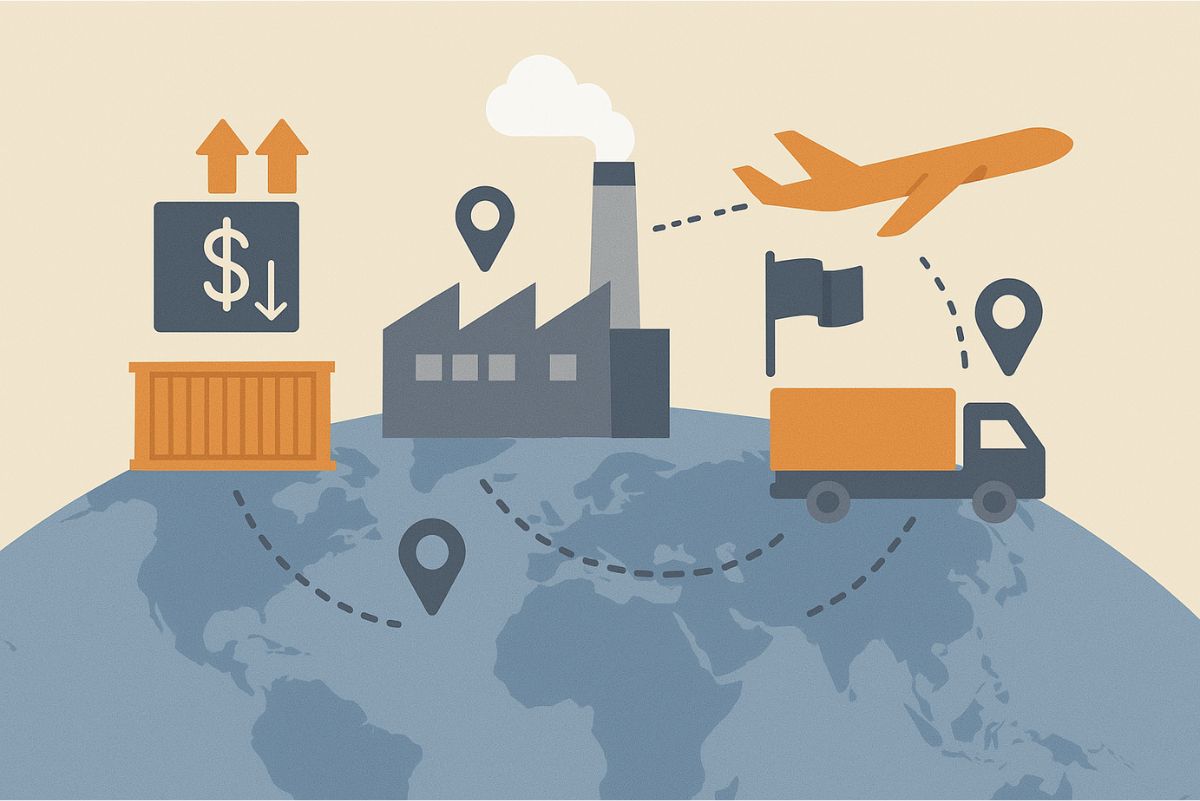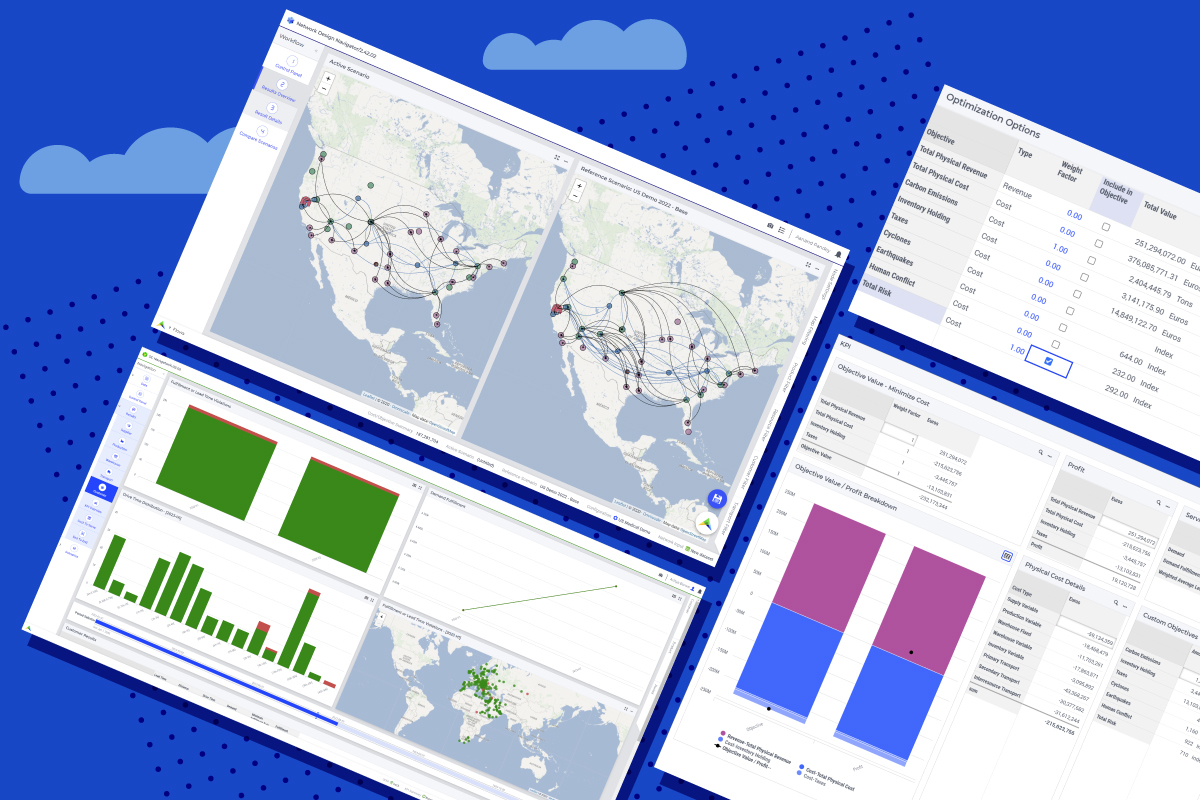Optimizing Material Blending for A Large Steel Manufacturer
![]()
About Tata iQ
Tata iQ, a division of Tata Industries Limited, offers multi-sectoral advanced analytics, data engineering capabilities, and solutions to over 25 large Tata Group Companies. Tata iQ’s customer, a large steel manufacturer, was looking to develop a blending optimization model to achieve the best combination of materials for their blast furnace, at the lowest possible cost.
Problem
The steel manufacturing company’s production relies on several materials, including coal and flux, which are used to remove impurities. About 60% of the production cost comes from coal, so the amount of coal that goes into the blast furnace needs to be carefully controlled, along with flux.
They also have to consider other constraints, such as operational capacity, material availability, and the health of the last produced mix (pile). In total, over 60 variables need to be considered. This makes manual material selection highly complex and risky. Manual selection typically results in higher mix costs as well.
Until recently, the company had been using historical data to determine the right material mix but they wanted to move towards a real-time cost optimization engine that would determine the ideal input material mix. Tata iQ delivered an AIMMS-based model to achieve this.
Solution
The solution built by Tata iQ is used 3 times a day to deliver real-time, optimized material combinations. It considers all operating inputs and constraints to deliver a low-cost mix. The solution combines three models for pile, direct dispatch, and sinter trimming.
Users input data using AIMMS’ friendly, web-based interface. The output of the model has helped the team achieve higher material compliance. It has also improved feeder utilization and delivered greater visibility on the costs and the chemistry breakup of the materials in use.
The AIMMS-based application was particularly useful during the COVID-19 pandemic when material supply was disrupted. The steel manufacturer faced supplier issues and had to purchase coal and flux with properties that were not well-known at the time. Using the tool, they were able to accommodate both supply and demand disruptions without affecting production output.
Benefits
Optimized material blending has delivered many benefits for this large steel manufacturer.
Material costs have gone down by approximately 2-3%. Fuel costs have also gone down and there is less human/operator dependency and improved process visibility.
Results in a nutshell:
- 2-3% reduction in material costs.
- Less material required.
- Lower fuel costs.
- Reduction in total flux cost and rate, with better waste utilization.
- Good adoption among users.
- Considerable financial benefits, even during COVID-19.
Looking to transform your manufacturing processes? Try AIMMS today and witness firsthand the impact of advanced analytics on your supply chain. Contact us to schedule a personalized demo and discover how AIMMS can be the catalyst for your manufacturing success.





